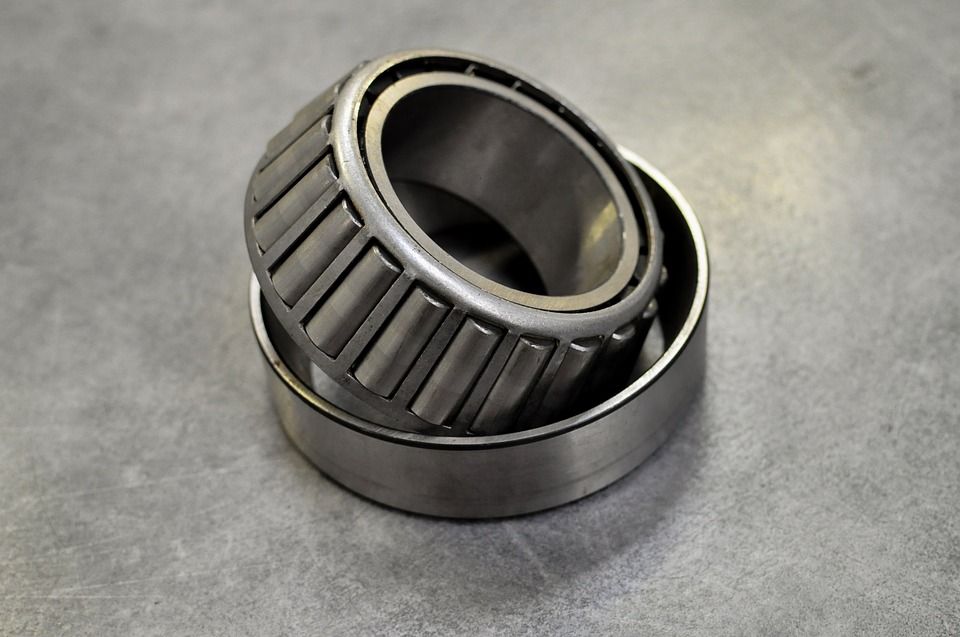Bearings are found everywhere in your car and are used to facilitate the movement of certain parts. Their wear can be identified by means of distinctive rolling noises. In this post, we’ll help you identify the most common ones.
Rolling Noises: Causes and Risks
bolsa de pierna decathlon
Adidas Stan Smith
sadarināšanās gredzeni
χρυσσες πλατφορμες
napihljivi fotelj merkur
nike air zoom pegasus 36 w
replika spor ayakkabı toptan
ted baker aurinkolasit
moschino tričko
νακ παπουτσια πεδιλα

Rolling noise is caused by bearing wear. Bearings are found on many moving parts that rotate at high speeds on cars. The wheel hubs of course, but also the transmission, and parts such as the water pump or alternator have easily identifiable wear noises.
Rolling noise is very noisy and can easily be detected. Wheel bearings cause a deep rumble that increases with speed. As well as the noise of transmission bearings. These are also the cause of very sensitive vibrations in the vehicle.
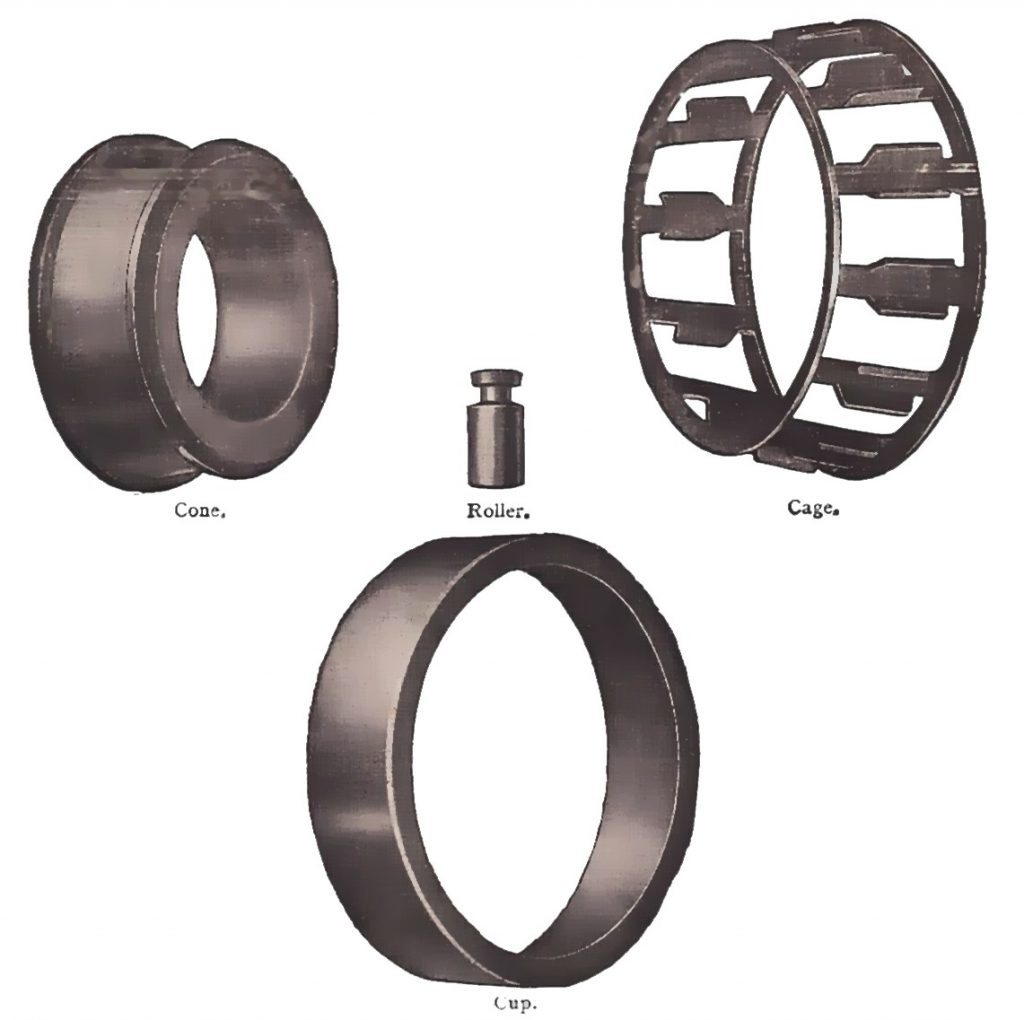
The breakage of a bearing locks the parts that facilitate its motion and can lead to serious accidents, for example:
- resulting in the sudden locking of a wheel or transmission or even the loss of a wheel and its hub;
- resulting in the loss of a drive shaft.
Fortunately, before such troubles arise, noise and vibration warn you that it is time to change the bearings or to carry out a maintenance operation.
Rolling Noise: Identification of Causes
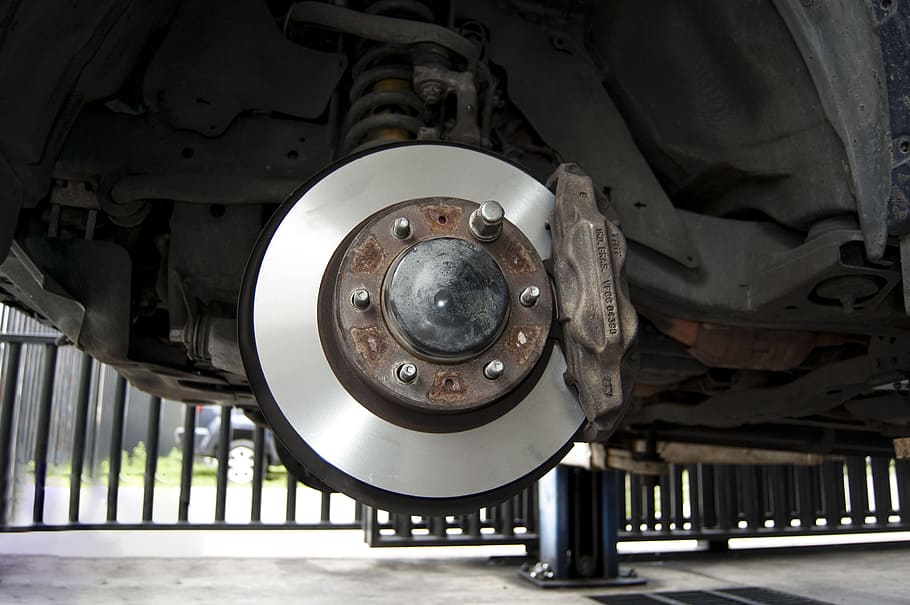
Here are some elements to detect the most common rolling noises in a car:
1. Wheel Bearings: Lift your car with a jack to lift the wheel off the ground. Then grasp the tire with your hands in a position corresponding to noon and six o’clock, and pull it up from the wheel towards you. If the wheel moves, the bearing needs to be tightened, greased at best and changed at worst.
2. Water Pump Bearing: same procedure as for the wheels. With the engine stopped, grasp the water pump pulley like a wheel, and pull it towards you to ensure it does not move.
3. Alternator Bearing: When the alternator is worn out, it becomes very noisy to the point that the noise it makes will draw your attention to it once the cover is raised or during acceleration, mainly in the first two gears.
Care Instructions

You can tighten the front wheel bearings of some older or very old cars driven by the rear wheels. If you drive at least 15,000 km per year, this annual operation makes it possible to make the bearings last longer, knowing that their maximum life expectancy is around 100,000 kilometers.
Once you have located the defective bearing, you must remove the grease cage located on the central hub. To achieve this, here are the main steps:
Step 1. Insert the head of a flat screwdriver between the grease cage and the hub, then tap the hub out by tapping the end of the handle with a hammer or a mallet until the cage falls out. A complete absence of grease indicates that the bearing may be lacking grease.
Step 2. Then pull out the pin holding the bearing tightening nut. Loosen the nut and gently pull the bearing out of its cage. You will examine the condition of the bearing by rotating it on itself and looking carefully at the scratch marks on the bearing cages (the cages must be smooth) and balls, knowing that the balls must move. If they are almost blocked, replace the bearing and its cages.
Step 3. Grease the cage housing with high-temperature grease and carefully place the cage and the bearing into it.
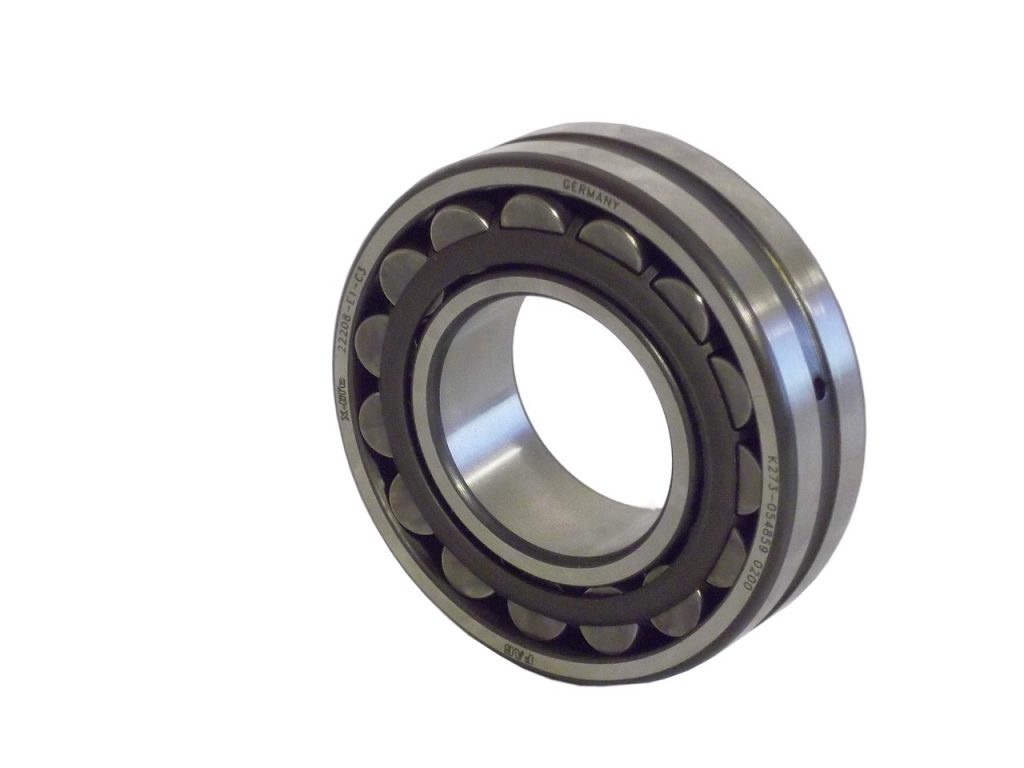
Step 4. Place the ratchet sleeve you used to loosen the bearing on it and tap on the sleeve with your hammer or mallet to center the bearing in its cage.
Step 5. Then screw in the tightening nut. Tighten with the ratchet until it reaches the stop without forcing. The hub will be locked and will no longer be able to rotate.
Step 6. Then loosen the nut a quarter turn to ensure the hub rotates freely. Install a new pin on the tightening nut without forgetting to spread the two legs of the latter and fold them over the nut.
In case of doubt, let a professional handle the matter for you. Fill the grease cage with grease and replace it with a hammer or mallet.
Very important: if you have any fears about the condition of the bearing, it is essential to replace the bearings and their cages. Some bearings require the use of a press to be removed from the hub.
Rolling Noise: Repairs

Apart from replacing the front wheel bearings of some cars, changing the transmission bearings requires specific know-how and tools: an arm lift bridge to lift your vehicle while leaving its wheels and transmission components accessible, extractors to pull out the transmission half-shafts, and presses to extract and replace the bearings.
For gearboxes and differentials, replacing bearings requires disconnecting them from the motor and transmission components and opening them on a workbench.
The adjustment of movement gaps on the transmission components must be carried out by a professional because of the precise settings and tolerances established by the car manufacturers.
Good to know: parts such as alternators and water pumps are often directly replaced by new ones. However, alternators or even dynamos and water pumps in older cars that are no longer manufactured or reproduced can have their bearings replaced (if they can be removed).
Cost of a Bearing Replacement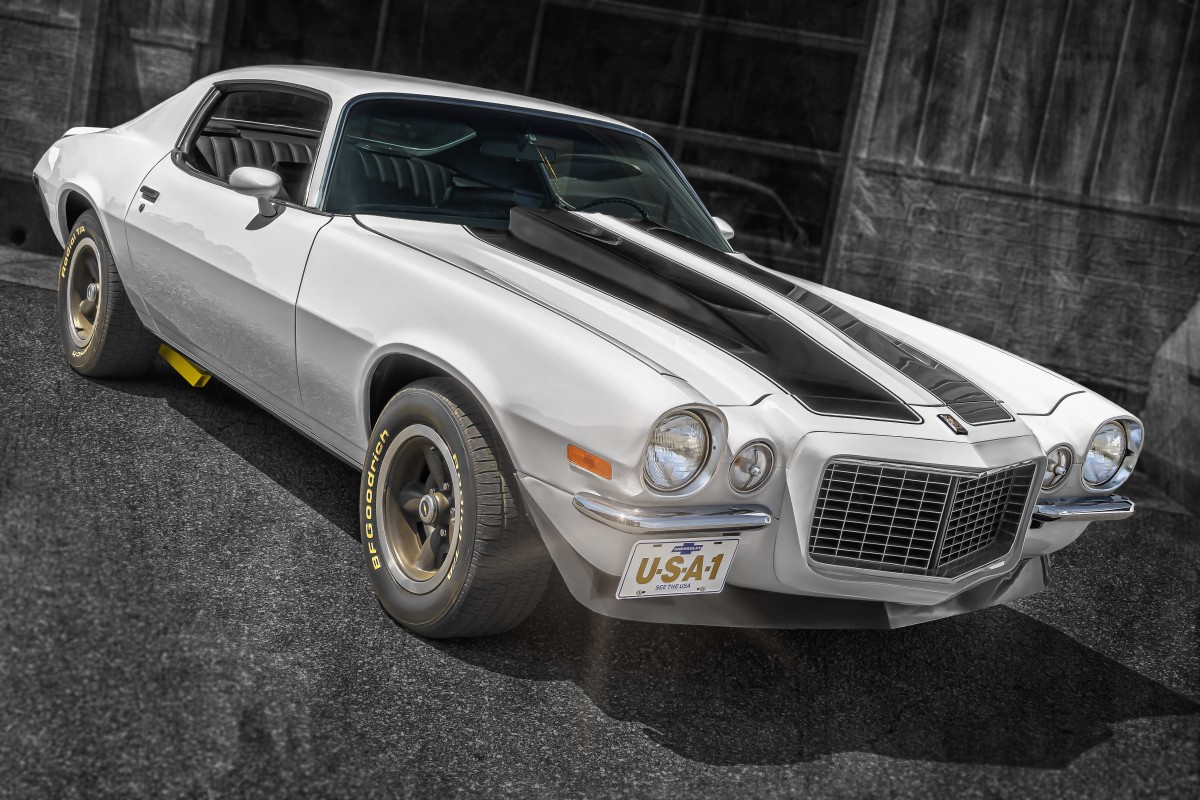
These services cost varies from professional to professional, so check with dealers and car centers for specific rates or quotes. The average price starts at $50 per wheel.
For transmission bearings, the operation is evaluated on the basis of an estimate depending on the vehicle. For water pumps, alternators, or dynamo bearings, buying new ones is only interesting if one of these accessories is no longer available in the spare parts store.

